
What is an AI Product Manager?
The Role of an AI Product Manager In the rapidly evolving landscape of technology, the role of an AI Product Manager has emerged as a critical bridge between cutting-edge artificial intelligence capabilities and the ever-changing
Read More ⟶
Hypothesis-Driven Development
Hypothesis-Driven Development Hypothesis-Driven Development (HDD) is a software development approach rooted in the philosophy of systematically formulating and testing hypotheses to drive decision-making and improvements in a product or system. At its core, HDD seeks
Read More ⟶
What Are Product Release Notes?
Product Release Notes Product release notes, also known as release documentation or simply release notes, are documents that accompany a software product’s new version or release. They provide users, stakeholders, and the development team with
Read More ⟶
First-Time User Experience
What is First-Time User Experience (FTUE)? First-time user experience (FTUE) is the experience or impression that our product creates in the user at initial use. It is how users feel after using our product for
Read More ⟶
What is a Product Changelog?
Product Changelog A product change log, often referred to as a changelog or release notes, is a document or record that outlines the changes, updates, and enhancements made to a software product over time. It
Read More ⟶
Product Management Software
What is Product Management Software? Effective product management is the linchpin that bridges ideation to successful execution. As organizations navigate the complexities of bringing innovative products to market, the role of product management software has
Read More ⟶
Dual-Track Development
What is Dual-Track Development? Dual-track development is an approach to development in Agile that is characterized by the concurrent execution of both discovery work and delivery work. Product thought leader Marty Cagan has long used
Read More ⟶
Effective Backlog Grooming
Grooming the Backlog Also known as ‘backlog grooming’, backlog refinement is an ongoing or recurring event for the development team working in Agile. It helps us to be well-prepared for the next sprint. It is
Read More ⟶
DEEP Product Backlog
Creating a DEEP Product Backlog A product backlog captures the details about all we are planning to do, to achieve our vision. It is a prioritized list of everything that is deemed necessary related to
Read More ⟶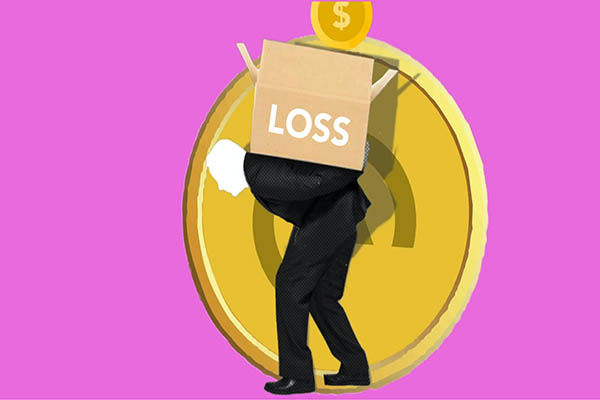
Understanding Tech Debt
Understanding Tech Debt Anyone that has been in the software development circle for some time has probably come across mentions of the term “tech debt” or involved in discussions on it. But is tech debt
Read More ⟶
Design Principles Product Managers
Design Principles Product Managers The quality of experience that users get while using a product depends greatly on the level of thought that goes into the design. And User Experience determines to a large extent
Read More ⟶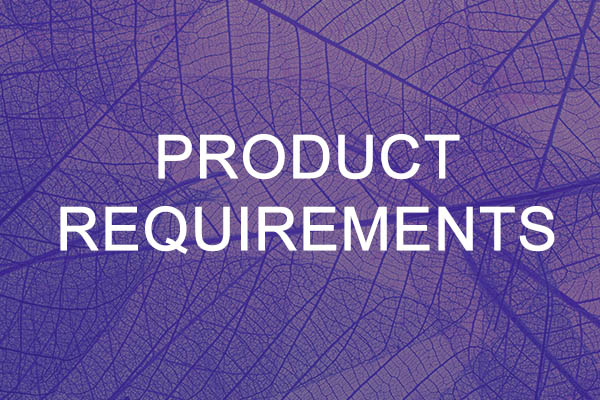
Product Requirement Template
Product Requirement Template Product requirements refer to the capabilities, functionality, or features that a product needs to have. They capture what a product should do for users to find it useful. Traditionally, they are written
Read More ⟶
Product Specs
What Are Product Specs? Product specification (Also called Product brief) refers to a product document that outlines the requirements for a new product feature or functionality. It is a sort of blueprint containing vital information
Read More ⟶
Product Requirements
What are Product Requirements? A product requirement is something that Product Management typically creates, providing the outline of acceptable criterial to the design and development team, so they can determine an appropriate solution to the
Read More ⟶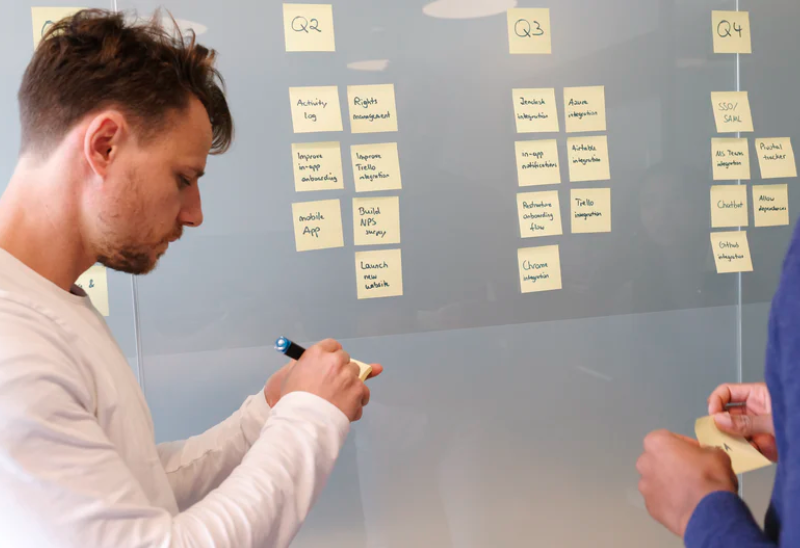
Product Requirements
What are Product Requirements? A Product Requirement defined an aspect of a product or feature that must be satisfied in the solution that is created. It is a guide for the design and development teams
Read More ⟶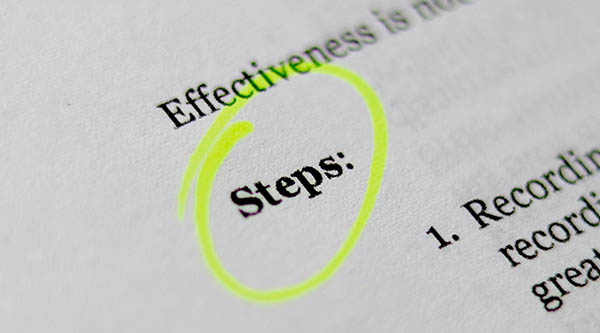
Product Development Stages
What are the States of Product Development? Product development, in simple terms, could be described as the creation or manufacturing of a product. In this sense, it refers to what takes place in a factory
Read More ⟶
Agile Scrum Team
What is an Agile Scrum Team? Scrum is an agile framework where teams work collectively in order to achieve a specific goal and is majorly used by software development teams. Borrowing its name from a
Read More ⟶
Wireframes
What is a Wireframe? A wireframe is generally a low-fidelity representation of the major features and function of a web page or app screen. The idea is to start with a ‘blue print’ to ensure
Read More ⟶
Use Case
What is a Use Case? A use case is a description of a scenario in which a user will engage with a product or system. It serves as the basis for analysis how the system
Read More ⟶
Weighted Shortest Job First
What is Weighted Shortest Job First? Weighted Shortest Job First, abbreviated as WSJF, is an ostensibly easy Scaled Agile Framework (SAFe) technique for prioritizing items on a backlog. It seeks to identify the most economically
Read More ⟶
Large-Scale Scrum
What is Large-Scale Scrum (LeSS)? One of the popular frameworks in Agile software development for applying Agile in the enterprise context, Large-Scale Scrum (LeSS) is a lightweight way of scaling Scrum in large organizations. It
Read More ⟶
Feature-Driven Development
What Is Feature-Driven Development? Feature-Driven Development, also known as FDD, is an Agile model for software development that involves short iterations. It refers to a lightweight, incremental process in which development work (and progress) revolves
Read More ⟶
Feature Factory
What is a Feature Factory? Feature factory is a term that is used to describe a company that is more interested in pushing out features while caring less about solving real problems. This term is
Read More ⟶
Shape Up Method
What is the Shape Up Method? The Shape Up Method from 37 Signals describes how they approach product opportunity discovery and development. It captures processes that are used by development teams to shape ideas into
Read More ⟶
Scrum Methodology
What is Scrum? Scrum is an Agile project management framework particularly suited for product development and has become the de facto framework agile companies today. Many people think of Scrum as the same thing as
Read More ⟶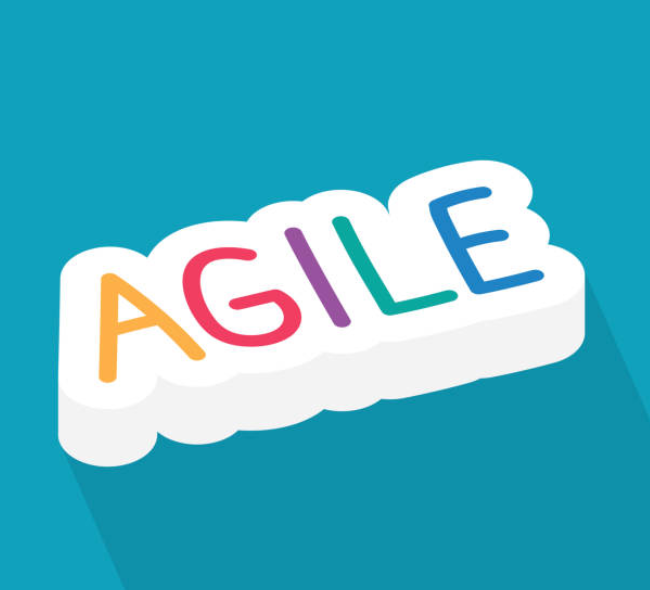
Agile Transformation
What is Agile Transformation? Agile transformation refers to the process of making everyone in an organization undergo a shift in mindset that makes it possible to get the maximum benefits of being agile. Agility has
Read More ⟶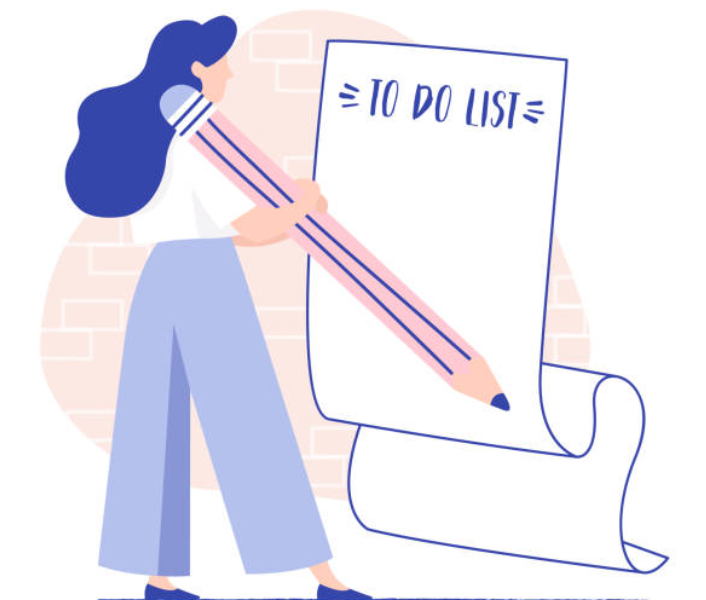
The Product Backlog
Understanding the Product Backlog A product backlog is a prioritized list of items that the team plans to work on to achieve a particular outcome. It is a list of everything that the development team
Read More ⟶
Technical Debt
What is Technical Debt? Technical debt has many definitions. One of the better definitions comes from the Information and Software Technology Journal where it is described as the “consequences of software development actions that intentionally
Read More ⟶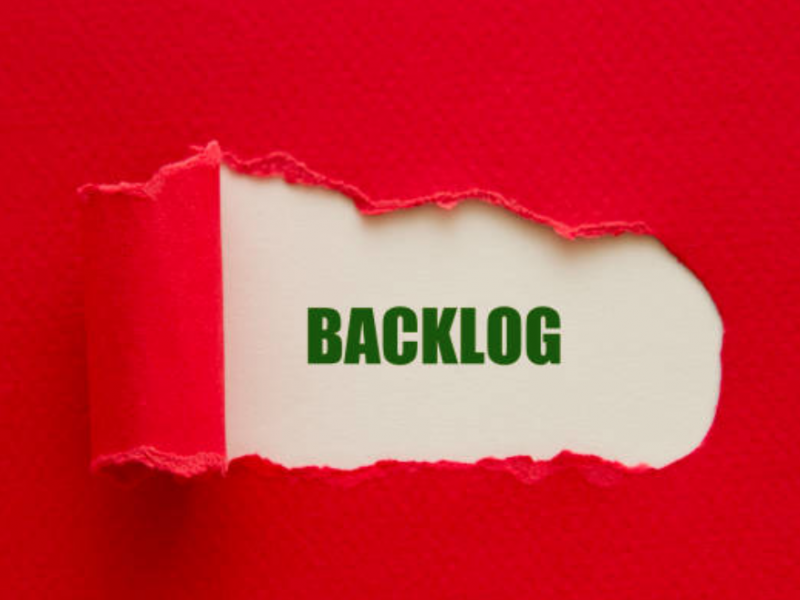
Backlog Grooming
What is Backlog Grooming? Backlog Grooming, also known as backlog refinement, pre-planning, or story time – is a session in which items for the backlog are discussed, analyzed, and estimated. It is a recurring event
Read More ⟶
Acceptance Criteria
Acceptance criteria (AC) are “conditions that a software product must satisfy to be accepted by a user, customer, or other stakeholders.” They may be described, in a broader sense, as specifications that a product must meet to satisfy users or stakeholders.
Read More ⟶
Product Requirements Document (PRD)
What is a Product Requirements Document? In the realm of product development, a Product Requirements Document (PRD) stands as a linchpin, serving as the bedrock upon which the entire process hinges. This comprehensive document meticulously
Read More ⟶